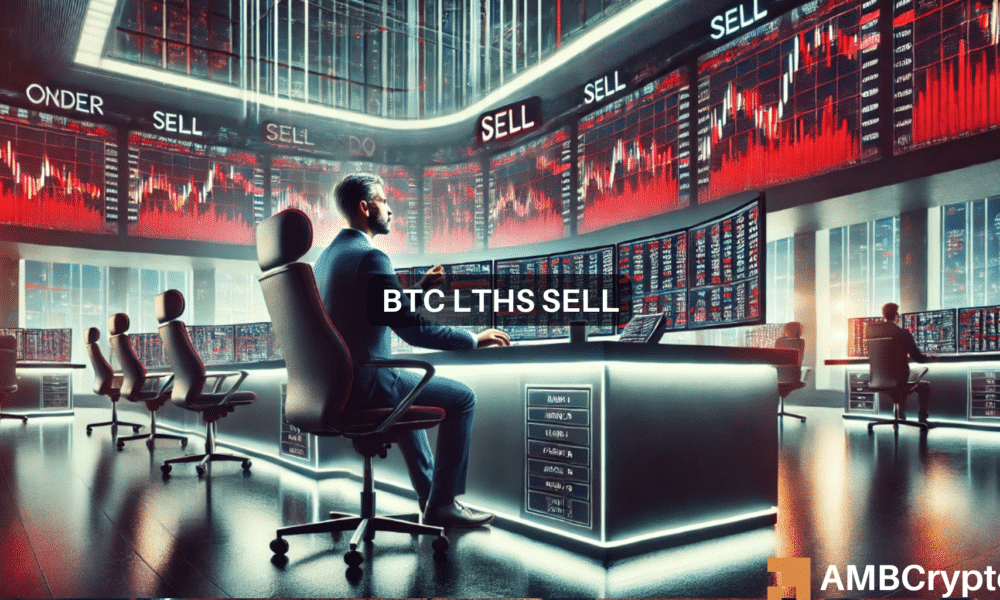Bitcoin [BTC] continues to outshine alternative cryptocurrencies by hitting new record highs continuously. Currently, BTC is trading at $97,350, with a market capitalization of $1.92 trillion. Since the beginning of Q4, BTC has seen a 52% increase in its value.
According to Glassnode’s latest on-chain report, all long-term Bitcoin holders are currently in a profitable position. Despite this, the Net Unrealized Profit/Loss (NUPL) metric for these holders is at 0.75, indicating that they have not yet entered a phase of overwhelming euphoria or greed.
Typically, long-term holders sell when prices are at their peak and buy when prices are low. Recently, there has been a noticeable trend of long-term holders selling off their holdings after more than 200,000 BTC were sold following Bitcoin’s surpassing of the $75,000 mark two weeks ago.
As per Glassnode, long-term holders collectively possess 14 million BTC. With increased profit-taking activity among them, there is a possibility that Bitcoin’s rally could slow down.
Despite this, two primary factors have prevented Bitcoin from succumbing to the selling pressure from long-term holders: expectations of price hikes and strong institutional demand absorbing the sold coins.
Spot Bitcoin ETFs Easing the Selling Pressures
Institutional demand for Bitcoin, particularly through spot Bitcoin exchange-traded funds (ETFs), has been instrumental in absorbing the selling pressures from long-term holders.
Data from SoSoValue reveals that in the past week, inflows into these ETFs have ranged between $1 billion and $2 billion weekly.
As per Glassnode, Bitcoin ETFs managed to absorb 93% of the coins sold by long-term holders between 8th October and 13th November, significantly contributing to price stabilization.
However, in the recent week, the selling activity by long-term holders has accelerated, surpassing demand from ETFs. Any significant imbalance between supply and demand could potentially lead to price volatility.
Profits Being Taken by Short-Term Bitcoin Holders
Data from CryptoQuant indicates that the Short-Term Holder Spent Output Profit Ratio (SOPR) has hit its highest point in a week.
A SOPR ratio of 1.03 suggests that these traders are moving coins valued 3% higher than their purchase price, indicating that they have not reached extreme levels of profitability yet. This factor might deter them from taking profits as they anticipate further price gains.
Furthermore, given the current market sentiment that indicates extreme greed, short-term holders who typically capitalize on short-term price movements may opt to hold onto or acquire more coins in the near future.
Bitcoin Short Sellers Rejoining the Market
The distribution phase among long-term holders has impacted the Bitcoin futures market. On Binance, 61% of traders have initiated short positions on BTC, marking the highest percentage of short positions in over a week.
The rise in short positions implies that traders consider $100,000 as a strong resistance level for Bitcoin. However, a break above this level could trigger a short squeeze, leading to compelled buying and extending the ongoing price rally.

